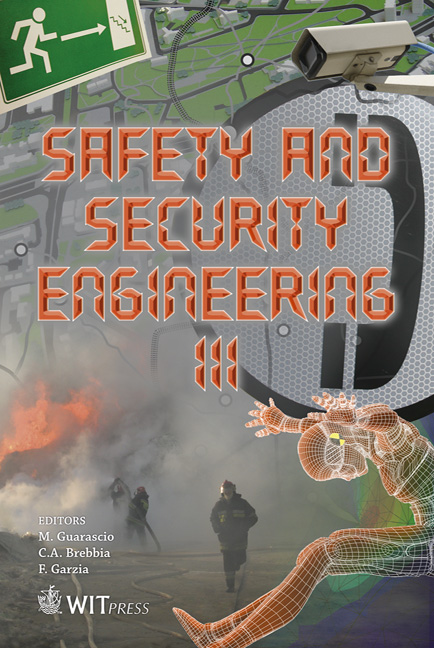Earthquake Protection For High-speed Rail Traffic: Risky Business?
Price
Free (open access)
Transaction
Volume
108
Pages
10
Page Range
507 - 516
Published
2009
Size
844 kb
Paper DOI
10.2495/SAFE090471
Copyright
WIT Press
Author(s)
S. Vecchiato, E. Rascol & W.-J. Zwanenburg
Abstract
For earthquake protection of structures (such as bridges, viaducts and embankments), a precise and safe dimensioning has to be calculated according to the soil profile, the location of potentially active faults, and the local liquefaction risk, as they all influence the damaging potential of seismic waves. In many European countries, these measures are considered to be sufficient for structures to withstand earthquakes and to guarantee a proper level of safety (i.e. avoiding a collapse of the structures). High-speed rail lines, however, have very strict limits regarding the position of the track to continue a safe support and guiding of trains running at speeds of 300 km/h or more. Even if structures have not collapsed, or landslides have not occurred, the track position after an earthquake can be beyond the limits for safe running at 300 km/h. This study shows that different countries deal with these strict limits in different ways. Keywords: earthquakes, high-speed trains, embankment, structure dimensioning, monitoring, risk analysis.
Keywords
earthquakes, high-speed trains, embankment, structure dimensioning, monitoring, risk analysis





